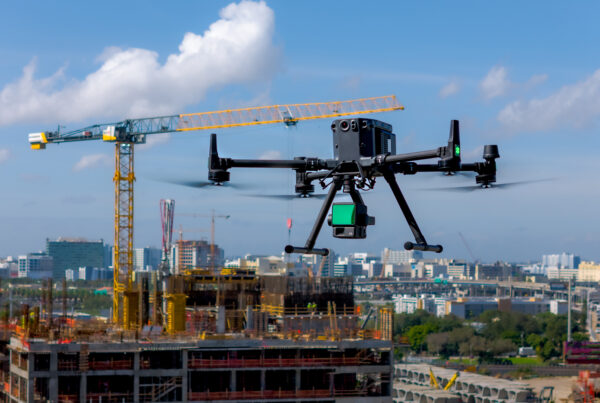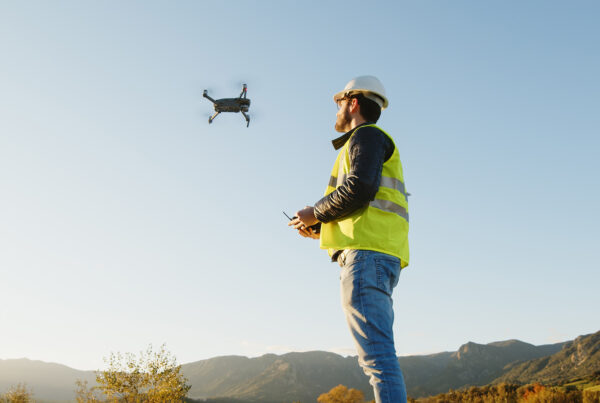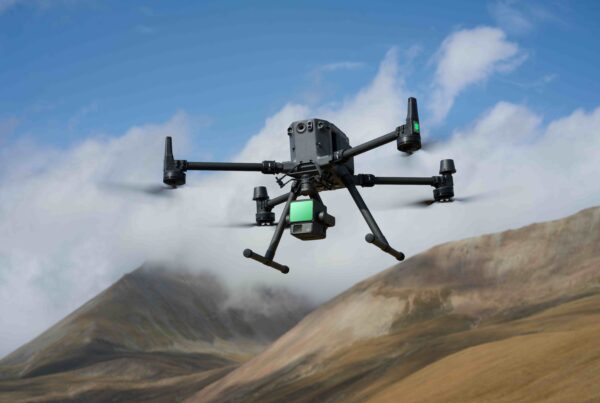For decades, the construction site has been a place where innovation has not necessarily ruled. The tools, tactics, and approaches used in building have mainly stayed the same. After all, if it’s not broken, why fix it?
In recent years, however, construction sites throughout the country and around the globe have executed a dramatic shift, pivoting toward more modern approaches that save time and money, and help ensure worker safety.
One such approach is drone technology. Used by the entire suite of construction executives, drone technology has brought the traditional jobsite into the modern world. More importantly, they’ve helped to solve some of the most persistent challenges the construction industry faces.
3 Jobsite Challenges Drones Help Alleviate
When technology advances, industries often find new solutions to old, familiar challenges. That’s precisely what has happened with construction technology upon the introduction of drones. Here are three specific pain points drones have helped resolve:
1. Live Mapping
While mapping has always been a critical part of a build, drones have removed many of the bottlenecks associated with the process. Historically, legacy mapping solutions have meant time-consuming data transfer, clunky collection methods, and difficult or non-existent sharing channels.
With drone technology, though, live mapping has become simple, inexpensive, and quick. Today, project managers can create and share high-resolution maps with clients and team members, without waiting days or weeks to accumulate all needed data.
2. Dangerous Job Sites
There’s no way around it: construction is a hazardous industry, and the traditional jobsite has many ways to put workers at risk. According to the Bureau of Labor Statistics (BLS), there are approximately 150,000 construction site injuries each year. While falls are responsible for most of these injuries, contact with equipment is a significant cause, as well.
Fortunately, drone technology helps alleviate both of these concerns. Drones equipped with live mapping software, for example, make it possible for workers to assess conditions in real-time, and to do it while avoiding the heights that would ordinarily put them at risk of a fall. Additionally, drones can perform many surveying duties, which keeps workers away from dangerous equipment.
3. Planning Bottlenecks
Building a structure takes a great deal of planning. Historically, this has created a landscape that’s ripe for bottlenecks. And for a good reason – things like mapping site conditions and grading a build site take a great deal of work and preparedness.
With drones, however, powerful software steps in to streamline many of these duties. In addition to tracking the progress of construction projects, drones also provide ample map information, which managers can then use to inspect locations and make informed decisions. This, in turn, saves time, effort, and money for everyone.
Drones: a Critical Tool on the Modern Jobsite
The tools required for functional job sites are expanding. While circular saws and impact drills are still necessary, drones have stepped forward to establish themselves as some of the most critical equipment out there. By employing them, project managers and builders can enjoy safer, more efficient job sites, as well as projects that move faster across the board.




